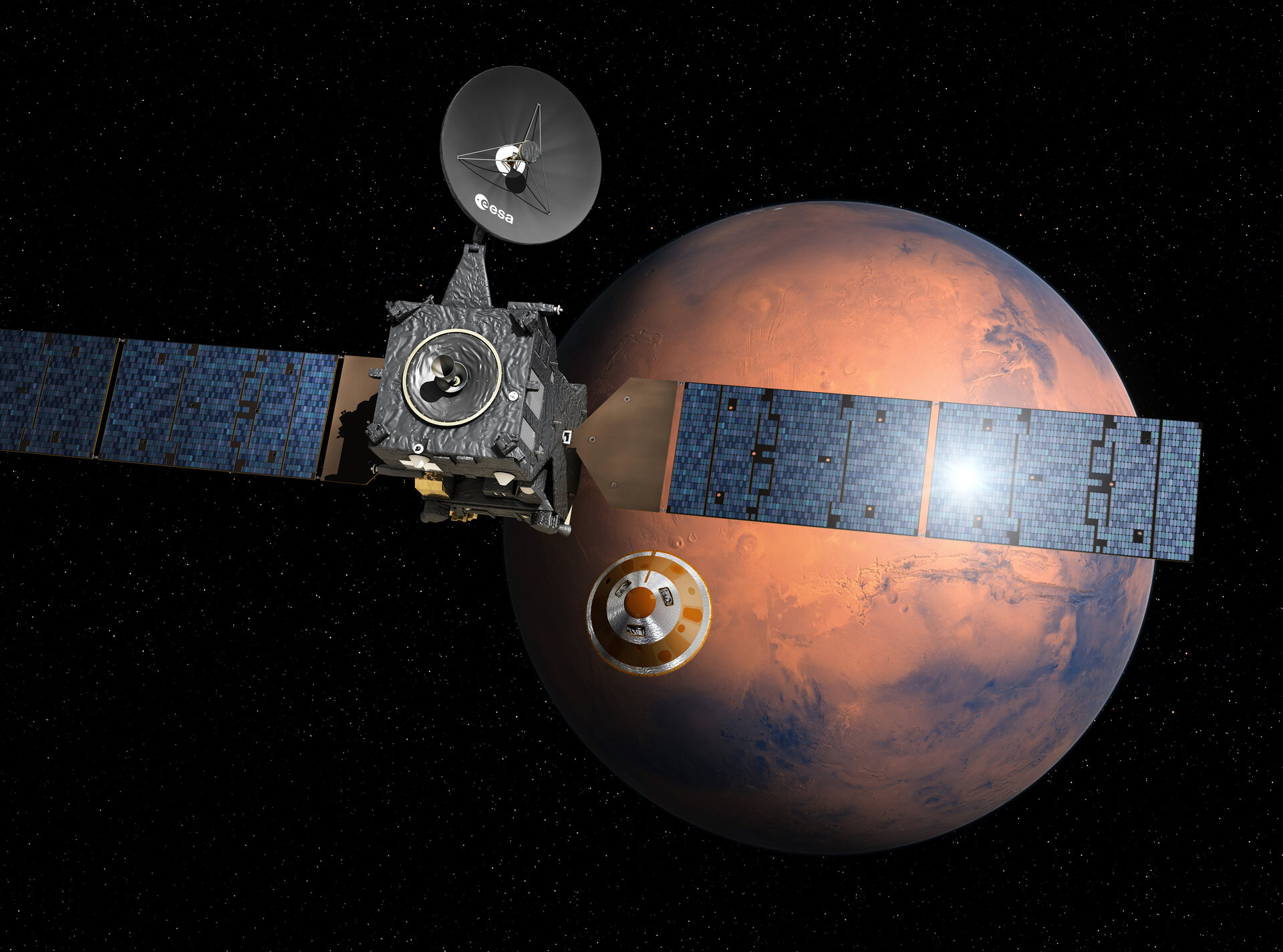Get dazzled by Euclid's first images
7 November 2023
ESA’s Euclid space mission reveals its first full-colour images of the cosmos, downlinked through ESA’s Estrack network of deep space antennas and complex ground systems leading to mission control at ESOC.
Never before has a telescope been able to create such razor-sharp astronomical images across such a large patch of the sky and looking so far into the distant Universe. What makes Euclid’s view of the cosmos special is its ability to create a remarkably sharp visible and infrared image across a huge part of the sky in just one sitting.
The images released showcase this special capacity: from bright stars to faint galaxies, the observations show the entirety of these celestial objects, while remaining extremely sharp, even when zooming in on distant galaxies.
Scroll through the beauty of Euclid's dazzling first images:

Euclid’s view of spiral galaxy IC 342

Euclid’s view of irregular galaxy NGC 6822

Euclid’s view of the Perseus cluster of galaxies

Euclid’s view of globular cluster NGC 6397

Euclid’s view of the Horsehead Nebula
Learn more about each of these five images and their scientific impact here.
Downloading the Universe
As you may imagine, transferring Euclid’s highly detailed images back to Mission Control on Earth and onwards to the scientists means transmitting large quantities of data. About 100 GB per day in fact. It took years to prepare Euclid’s ground systems to ‘download the Universe’.
Find out more about the ingenious engineering that went into it here.
Next for Euclid
The teams are now doing the last fine-tuning of the spacecraft before routine science observations begin in early 2024. Over six years, Euclid will survey one third of the sky with unprecedented accuracy and sensitivity.
Together with our wonderful partners in the Euclid Consortium and the European space industry, we look forward with great pride to the significant scientific data and further beautiful images to come that will help uncover the ‘dark’ cosmic mystery.
All photos: ESA/Euclid/Euclid Consortium/NASA, image processing by J.-C. Cuillandre (CEA Paris-Saclay), G. Anselmi; CC BY-SA 3.0 IGO



